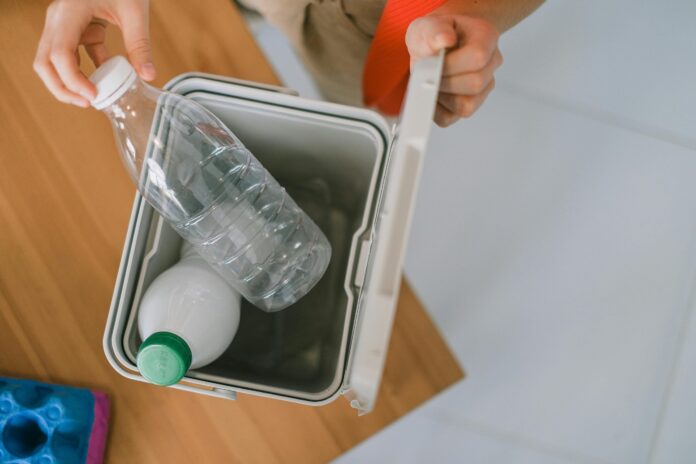The results of the Tallinn Strategic Management Office’s survey “Green City and Circular Economy” show a significant increase in the sorting of waste at home, at the workplace and in public spaces.
According to Margot Roose, deputy mayor for entrepreneurship in Tallinn, city residents are becoming increasingly aware of the importance of waste sorting and are making choices that support the principles of the circular economy and sustainable development.
“It is necessary to create more opportunities for waste sorting in public spaces to support residents’ efforts towards a more environmentally friendly lifestyle,” Roose added.
The majority of Tallinn residents now sort waste both at home and at work, with a noticeable increase compared to previous years. The most commonly sorted materials are paper and cardboard — 88 percent of residents do this at home and 92 percent at the workplace. In addition, hazardous waste, various types of packaging, electrical and electronic waste, used clothing, and food waste are also being sorted. The main obstacles cited by respondents are the lack of containers or their distance, highlighted by 50 percent, as well as a lack of awareness about waste sorting.
Similarly, waste sorting in public spaces has also increased, with 88 percent of residents using bins designed for different types of waste. However, 60 percent of residents believe that there are too few waste bins in public areas, indicating their readiness to sort more waste if the infrastructure improves.
The growth in the circular economy is also evident from the fact that 86 percent of Tallinn residents have sold or given away items they no longer need in the past year and 81 percent have repaired broken items. Additionally, 69 percent of residents have reduced their consumption.
In the last 12 months, 47 percent of respondents have used a waste station, an increase from previous years — 43 percent in 2023 and 41 percent in 2021. The most common items left over in homes in the past three years were furniture, highlighted by 45 percent of respondents, which was mostly taken to waste stations by private transport or sold/donated. Waste stations were also used for construction waste and car tires.
Moreover, 86 percent of respondents have reduced food waste in the past year — a significant increase from 79 percent in 2023.
The survey, conducted in April 2024 by Turu-uuringute AS, included 1,000 Tallinn residents aged 18 and older.
Source: BNS
(Reproduction of BNS information in mass media and other websites without written consent of BNS is prohibited.)

